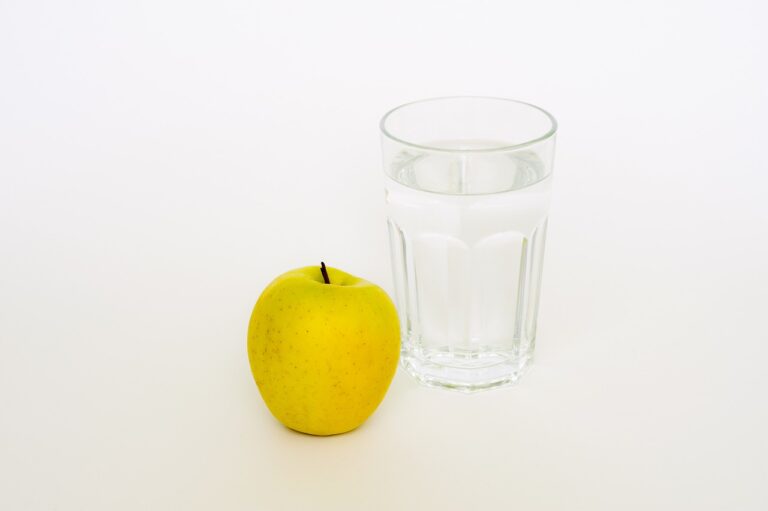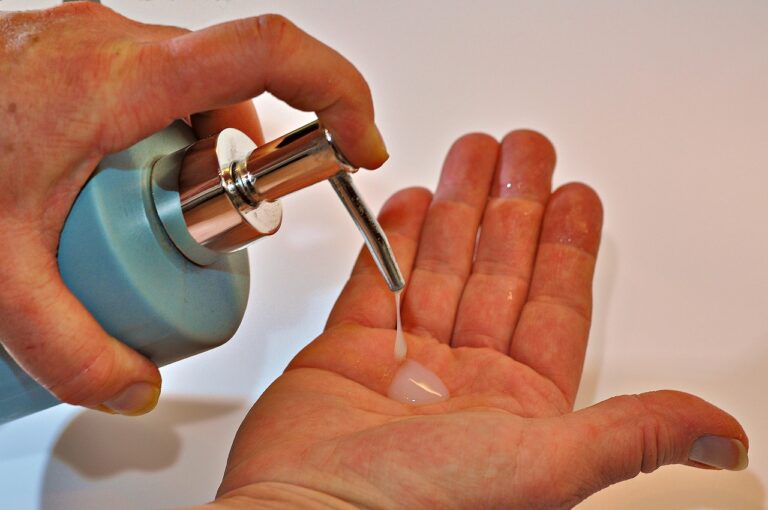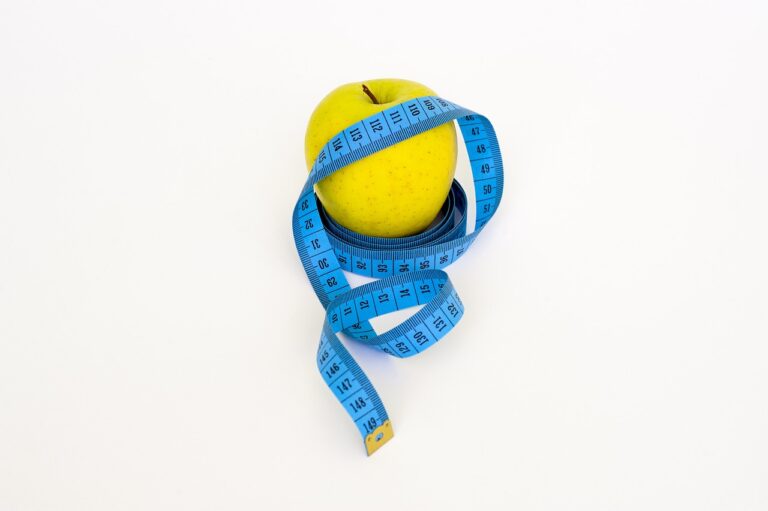The Benefits of Hydrotherapy for Pain Management
Hydrotherapy involves the use of water in various forms to promote healing and pain relief in the body. When it comes to reducing inflammation in painful joints and muscles, hydrotherapy has been shown to be particularly effective. The application of water at different temperatures, such as cold water immersion or contrast baths, can help to constrict blood vessels and reduce swelling in inflamed tissues. This constriction of blood vessels can also help to alleviate pain and discomfort associated with inflammation, making hydrotherapy a valuable ally in managing joint and muscle pain.
In addition to reducing inflammation, hydrotherapy can also help to improve circulation to injured tissues. By utilizing the properties of water, such as buoyancy and hydrostatic pressure, hydrotherapy can assist in increasing blood flow to damaged areas. This enhanced circulation serves to deliver much-needed nutrients and oxygen to the injured tissues, supporting the healing process and aiding in recovery. Ultimately, by promoting better circulation, hydrotherapy can play a crucial role in optimizing the body’s natural healing mechanisms and facilitating the repair of painful joints and muscles.
It can improve circulation, helping to deliver much-needed nutrients and oxygen to injured tissues.
Hydrotherapy has been shown to have a positive impact on circulation, which plays a crucial role in the body’s healing process. By promoting blood flow to injured tissues, hydrotherapy helps in the delivery of essential nutrients and oxygen that are necessary for the repair and recovery of damaged muscles and joints. This increased circulation also aids in the removal of waste products and toxins from the affected areas, further supporting the healing process.
Improved circulation through hydrotherapy can also help reduce inflammation in painful joints and muscles. By enhancing blood flow, hydrotherapy assists in flushing out inflammatory mediators and promoting the transportation of healing cells to the injured sites. This can lead to a reduction in swelling, stiffness, and pain, allowing individuals to experience enhanced mobility and comfort in their everyday activities.






